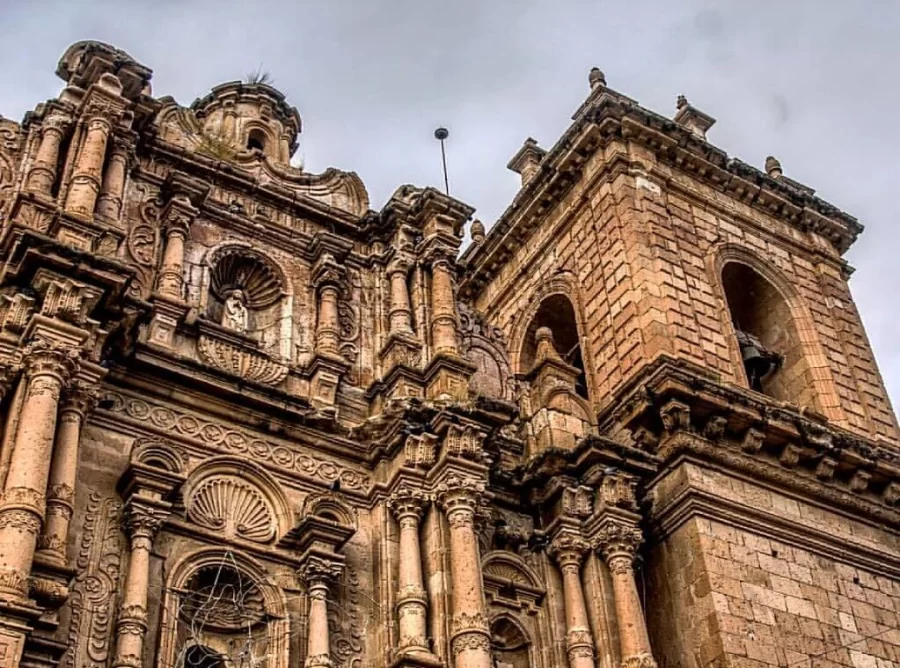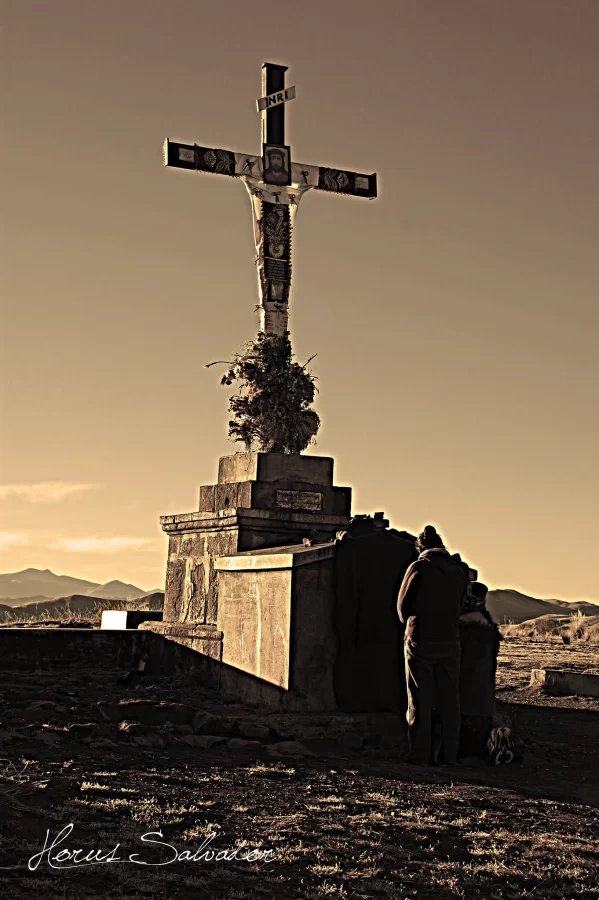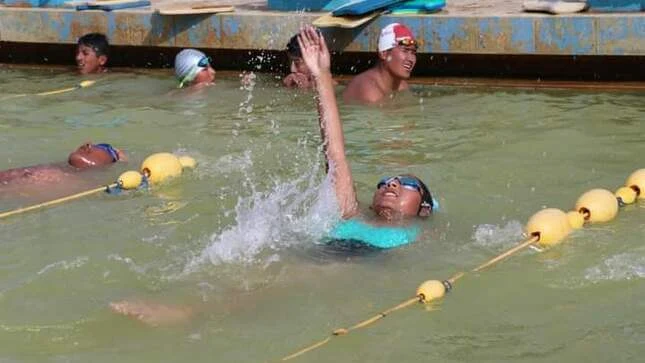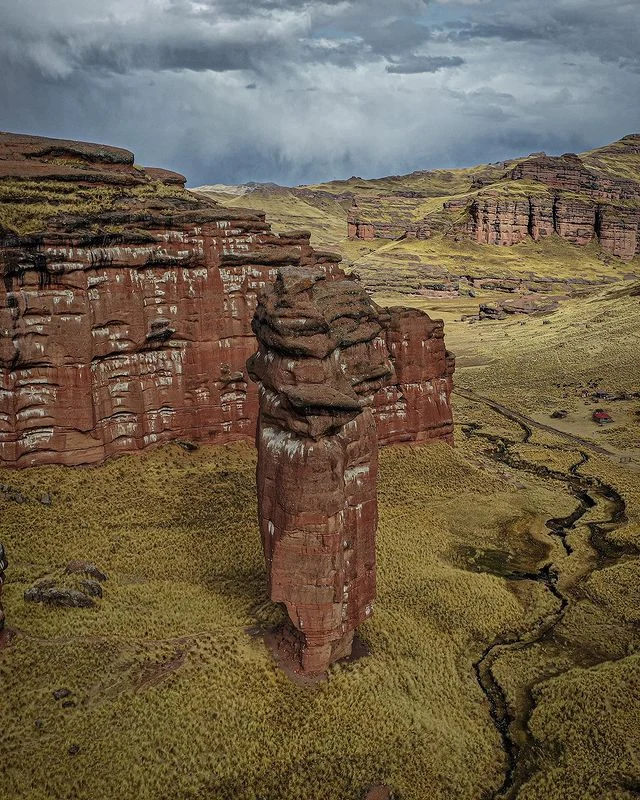You are visiting the southern part of Peru, then you must go to Ayaviri, Puno. This place has several attractive places to visit, stories to tell and above all recharge energies, among them there is a tourist site that stands out, the Kolqueparque sacred and imposing place in which the villagers continue to visit and even delivering offering to this sacred place.
Table of Contents
Ayaviri is located in the department of Puno, province of Melgar, also known as the cattle capital of Peru. Its name derives from the Quechua words "Aya Wiri" which means "Loop of the corpse" and eventually opts for the name of Ayaviri.
Ayaviri limits for the north with the district of Ñuñoa, for the northeast with the districts of Orurillo and Asilo, to the southeast with the district of Palca (Lampa), the south with the district of Vilavila - Lampa, for the southeast with the district of Ocuviri and to the west with the district of Umachiri and the northeast with the district of Santa Rosa.
Ayaviri is characterized for having a very cold and dry climate, more if it is in times of winter that are presented in the months of June and July, and the rainy season is evident from October to March of the following year.
Ayaviri is an attractive city that is characterized by having several sites, among which stands out is Kolqueparque, for being a sacred and very impressive space, in which the villagers still visit with offerings.
Like this place, there are other destinations that we have to go to visit such as the Cathedral of San Francisco, Pojpoquella Spa among others that I will detail now:
Cathedral of St. Francis of Assisi
It is considered one of the most beautiful and representative monuments of Ayaviri, at the beginning its construction was removed in its entirety and started from its foundations, driven by the parish priest Juan de la Borda that took 19 years to build, from 1677 to 1696, the year in which the Cathedral was inaugurated.
Its architecture is of baroque style, and in the interior its walls have paintings of the Cusquenian School. Art specialists consider these canvases as the most beautiful and fascinating of Peru.

Kolqueparque
The Kolqueparque hill is located to the east of the city of Ayaviri, from there you can see the whole city that is why it is called "natural viewpoint". This sacred place since ancient times was a ceremonial center of religious offerings, which is evidenced today to find fragmentary remains of ceramics that belonged to different cultures that inhabited Ayaviri.
When visiting this impressive site, you noticed that on the slopes of the hill kolqueparque is located the chapel of the Virgen de la Candelaria.

Pojpoquella Spa
The Pojpojquella spa is located on the slopes of the Kolqueparque de Ayaviri hill, it covers an area of 8 hectares in which there used to be seven hot springs.
The name Poqpoquella derives from Quechua, onomatopoeic sound that means "waters that gurgle idly" and more before it was known as "Supay pujio" translated into Spanish means "devil's spring" or "where the devil lives".
The waters of the spa were analyzed and studied by Antonio Raymondi to what happened to be curative thermal baths, for example cures arthritis, rheumatism, infections and cangrene, its depth is more than 6 meters, the water has a yellowish appearance, smell of hydrogen sulphide acid and salty taste.

Tinajani
One of the most amazing places that nature carved with her fine chisel, this time we talk about Tinajani which is at an altitude of 3985 masl. Tinajani is a closed canyon, here you will find keuñas, beautiful caves like Igma Igmani, birds, aromatic and medicinal flowers, and its incredible forest of rocks of different sizes and shapes that adopted with the passing of time.

Queñaucuyo
Queñaucuyo is another space where nature has taken over, but this time it is a set of elongated burial mounds, walls of extensive courts that collapsed as well as the structures of the houses.
The place has small streams in which the people of that time used it for agriculture, also had springs, streams, waterfalls in Quechua "paccha". In the place you can see stones in the shape of lizards, buildings, tunnels, church doors.
Tombs or Ayahuasis
These remains were destroyed both by man and by time, it is said that they were of different shapes and sizes, in this place mummified human beings were buried.
